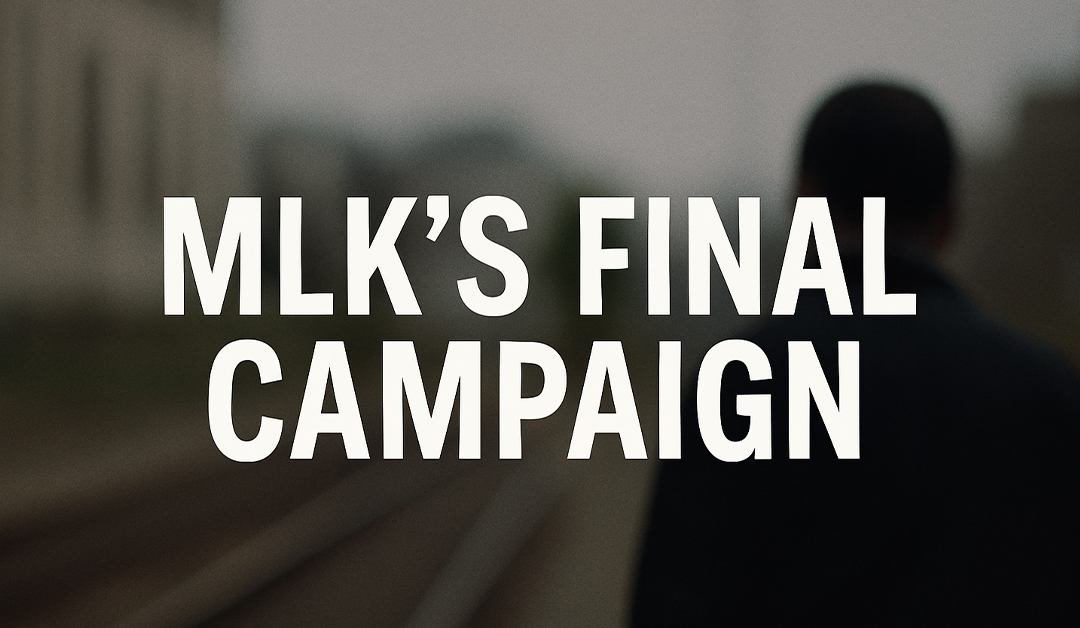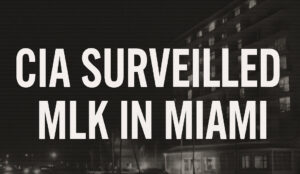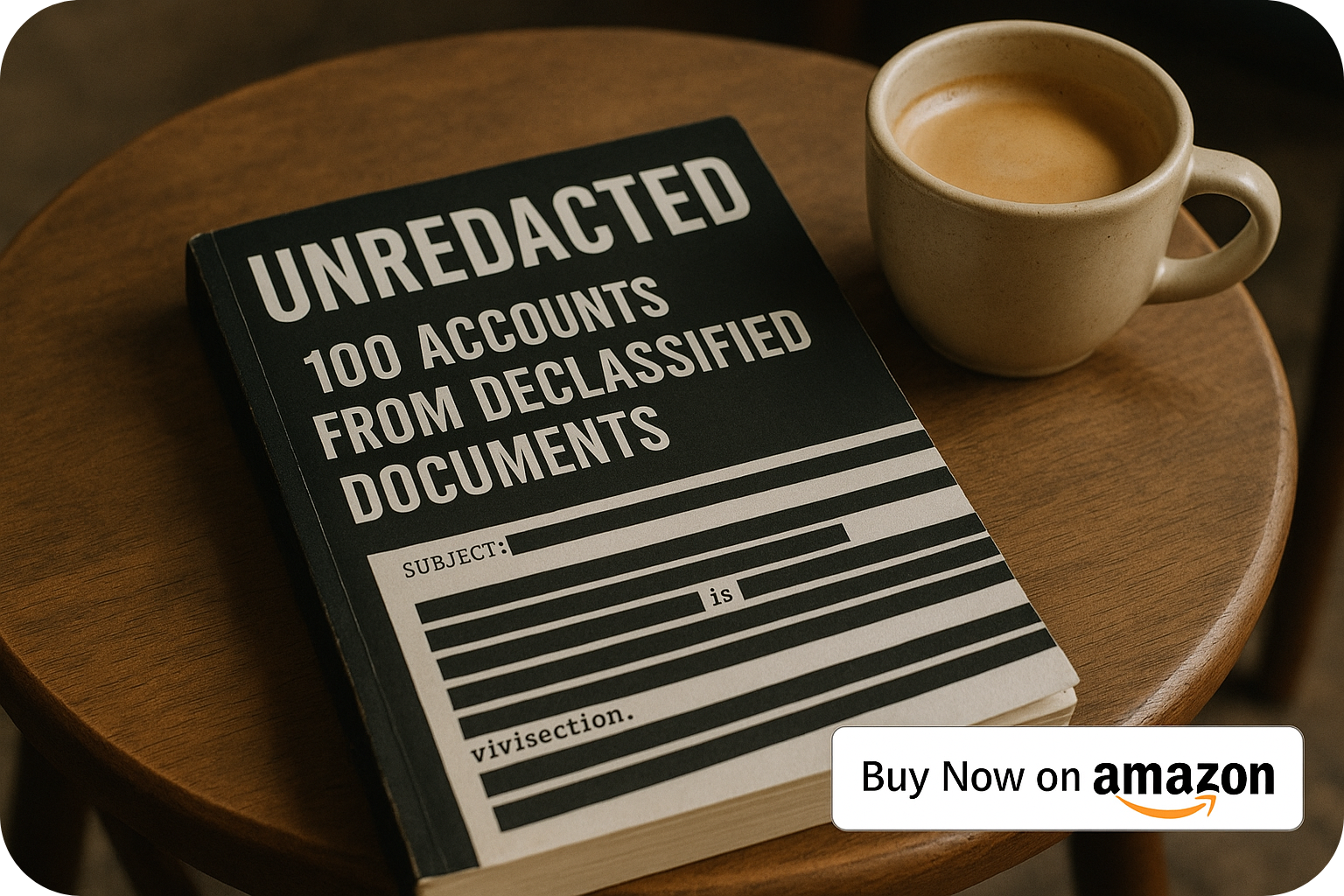In the months before his assassination, Dr. Martin Luther King Jr. was preparing for the most ambitious civil disobedience campaign of his life-a mass occupation of Washington, D.C. that would bring thousands of poor Americans to the nation’s doorstep to demand justice.
The newly reviewed document, "Chronology of the Washington Spring Project", outlines in precise, bureaucratic detail how King’s Poor People’s Campaign was designed to force the U.S. government to act on economic inequality through peaceful disruption, mass mobilization, and political pressure.
🏕️ Plans for a "City of Hope"
King’s strategy wasn’t just about protest-it was about presence.
The campaign planned to:
- Recruit thousands from poor Black, white, Mexican American, and Native American communities
- Erect a tent city on the National Mall to serve as a visible reminder of poverty in America
- Launch a nonviolent occupation that would "dramatize the gap between promise and reality"
Organizers dubbed it "Resurrection City", and King envisioned it as a moral occupation that would persist until Congress took action.
💰 Demands for Economic Justice
The campaign outlined clear, sweeping demands:
- A guaranteed annual income
- A $20 billion federal program for jobs and housing
- Access to land for rural communities
- Justice in education, employment, and health care
King’s speeches leading up to the campaign linked economic inequality with the failures of both capitalism and militarism-especially America’s continued spending on the Vietnam War.
"We’re coming to demand what is ours by right," King declared.
🔍 Surveillance, Obstacles, and Federal Resistance
The FBI and federal agencies watched closely.
The document notes:
- Federal resistance to allowing the National Mall to be used
- Concerns about "disruption of federal operations"
- Political fear that the campaign would "draw unwanted attention to war spending"
Organizers still pushed forward. King and his team mapped out training sessions in nonviolence, coordination with anti-war groups, and plans to avoid property destruction or confrontation-no matter the provocation.
🕯️ After the Assassination
King was murdered in Memphis on April 4, 1968.
The campaign he led continued under Rev. Ralph Abernathy, with thousands gathering in May 1968 in Washington. Though it never had the same force without King, it remained one of the largest coordinated protest efforts against poverty in American history.
It was King’s final act of resistance-and one most rarely discussed.






